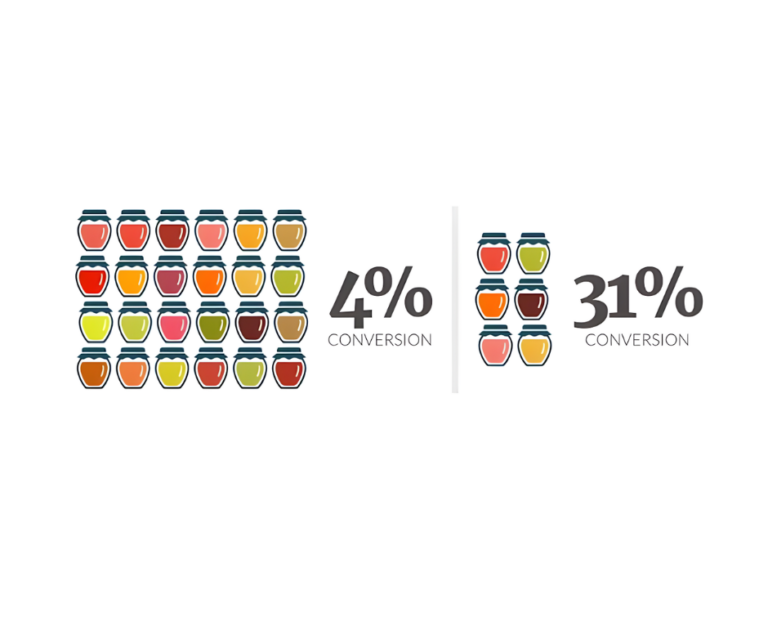Marketing Harmony: How Spotify Strikes the Right Chord with Its Promotional Strategies
Spotify has conquered the music streaming industry by setting the mood and creating an immersive music experience for its users. It provides awesome experience to music lover across the globe.
Read this amazing story.
When you’re in the mood, Spotify’s got the groove! The music streaming giant has proven its ability to set the perfect vibe with its personalized recommendations based on your listening history. Founded in 2006, Spotify quickly became the go-to destination for music lovers worldwide. Its success can be attributed to a strategic marketing approach and a dedication to unlocking the potential of human creativity.
Spotify’s journey began with a mission to offer a legitimate music service that eliminated the need for piracy. By focusing on convenience and safety, Spotify gained over a million users within a year of its launch in 2008. It expanded to the United States in 2011 and now boasts more than 345 million users across 100 countries.
What sets Spotify apart is its belief in the power of music to unite people. With a vision to be the world’s go-to music service, Spotify strives to provide access to music for as many people as possible. Transparency and trust are also key values that the company upholds.
Secret to Spotify’s success
The secret to Spotify’s success lies in its ability to deliver a seamless listening experience through personalized playlists, intuitive interfaces, and multi-device compatibility. It established strong partnerships with record labels and artists, built a diverse music library, and differentiated itself by offering a freemium model and exclusive content.
Spotify’s Pricing Strategy
Spotify’s pricing strategy caters to a wide range of users, offering options such as free ad-supported access, premium subscriptions, student and family plans, and even a duo subscription for households. These flexible options ensure accessibility and accommodate different user preferences.
Spotify’s Marketing Strategy
Spotify’s marketing strategy revolves around promoting its high-quality service through strategic partnerships, social media engagement, targeted advertising, and traditional channels. The company has launched iconic campaigns, like “Thanks, 2016. It’s Been Weird,” “Sounds of Summer,” and “Your Daily Drive,” to connect with users and create a sense of community.
By focusing on promotion, product, pricing, and placement, Spotify has outperformed its competitors in the music streaming industry. It was an early entrant, built strong relationships with industry stakeholders, and leveraged data and machine learning to enhance its product offerings. However, The company’s marketing strategies, including personalized recommendations, mood-based playlists, and music discovery features, have motivated users to listen to more music.
For entrepreneurs, Spotify’s success story offers valuable lessons. It emphasizes the importance of having a clear vision, continuously learning and adapting, and fostering creativity and innovation. Building and maintaining strong customer relationships through high-quality products and services is crucial for sustained growth.
In conclusion, Spotify has conquered the music streaming industry by setting the mood and creating an immersive music experience for its users. It’s a testament to the power of strategic marketing, innovation, and a commitment to customer satisfaction. So, let the music play and let Spotify set the mood!
#Branding #BrandStrategy #MarketingConsultancy#ProductLaunchSuccess #MarketingTips #BrandAwareness #MarketingStrategy #SalesBoost #MarketingInsights #MarketingCampaign #spotify #music

Hemant Mishrra
About the author: Hemant is the Founder & CEO of branding and marketing firm ”Neeti Brand Accelerator” in Mumbai. He is a brand strategist and has worked with more than 150 brands during last two decades. He is also mentor and coach to SMEs and startups. You can visit the website www.www.neeti.biz. You can contact him at hemant@neeti.biz







